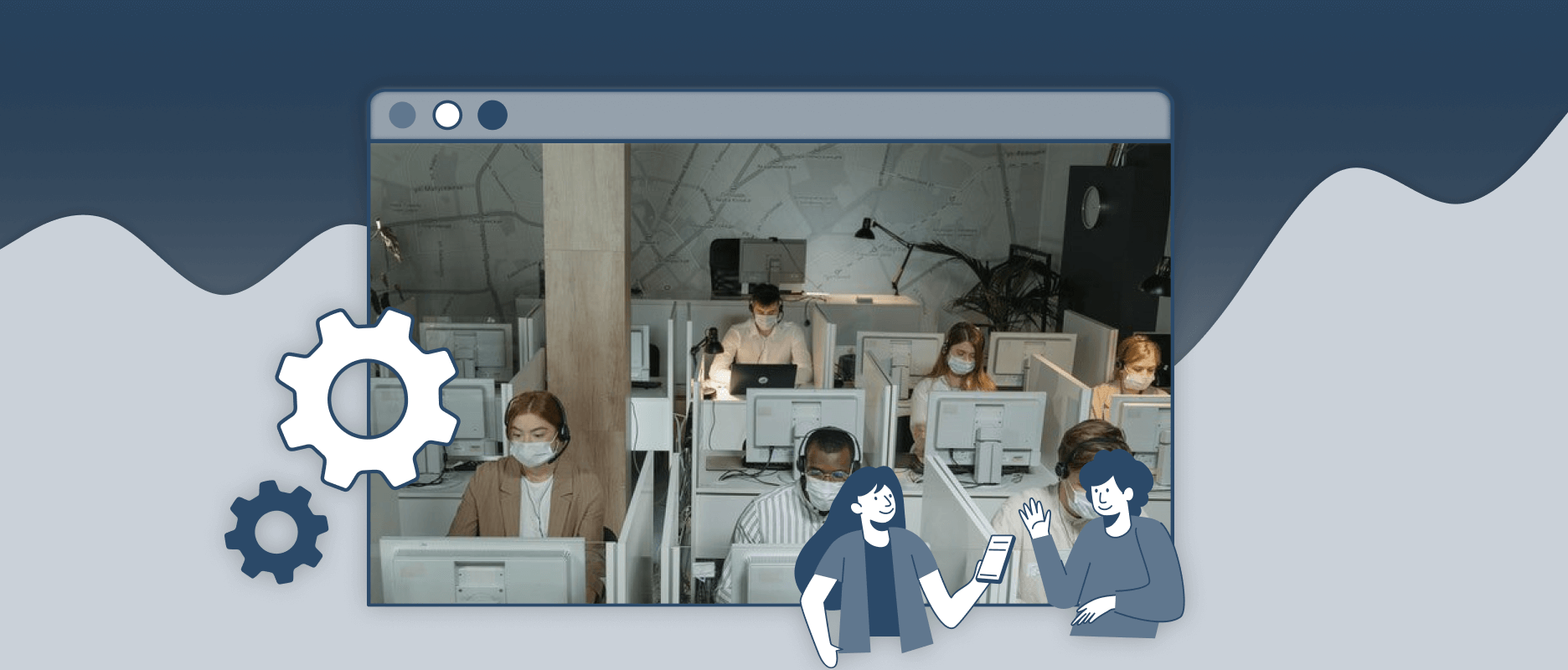How to integrate a new enterprise system?
By Appar Insight, Oct. 26, 2021

Enterprise system integration has become such a valuable and critical process that every business needs to sustain itself. It’s the step you need to upgrade your business processes and to save the extra hustle.
WHAT IS ENTERPRISE SYSTEM INTEGRATION?
Enterprise system integration is a procedure of connecting subsystems so that your business runs even smoother than before. Information is then easily and efficiently shared between all the subcomponents in a well-integrated enterprise system. If your business is branched and spread widely, you need enterprise system integration to bring it all together as one platform. This IT-enabled system will merge all your applications into a single server and database, making your system work faster.
As the technology transforms every day, businesses are also demanded to upgrade to stand out. In a modern enterprise system, many components are counted. It includes accounting, Customer Relationship Management (CRM), Enterprise Resource Planning (ERP), Business Intelligence, Human Resource data and internal transmissions. All these systems can be incorporated and integrated for a smoother and faster business plan.
The kind of enterprise system integration and system development that a business needs vary from company to company. It’s because some companies might need CRM and others may need ERP. In such cases, the development team studies the resources and objectives of the company, thus presenting a roadmap that satisfies both grounds. Though in the modern business industries, the three most demanded enterprise systems are the following.
- Enterprise Application Integration
- Data Integration
- Electronic Document Integration
So, your system development team can decide the enterprise system that best suits your requirements.
WHY DO YOU NEED IT?
If you look forward to growing your business, you must invest in enterprise development as you can save time and cost through it. Enter data once and it will be transferred among all systems. Furthermore, the Business to business transactions has become more visible since the operating systems are interconnected. It makes your business agile and business process smooth.
But with the bunch of benefits, enterprise system integrations also provoke some risks like security. When all the systems are interconnected, hacking one system will give access to all others. Also, enterprise system development requires highly advanced and technical skills. Regular updating of the systems and databases must be maintained. And, though it saves cost and time for businesses in the long run but the initial expense of the process is pretty big.
HOW TO INTEGRATE YOUR ENTERPRISE SYSTEM?
As already discussed, the process and tools that the system development require, are based on the objectives of the company. But some basic steps are always the same for every enterprise system.
SET GOALS
A business needs to be very clear about why is it deciding to integrate the enterprise system. The method and tools will be used respectively to the set objectives. In the long run, the applied integration system must align with the company’s capabilities.
CREATE A ROADMAP
As the system development team and company start the journey, they must create a detailed roadmap considering everything from costs to time required. The database and programming languages that are required should be studied and respective experts can be hired.
ESTIMATE THE STRATEGY EFFECTIVENESS
Once the roadmap is created and a suitable strategy is decided, a business should research how effective the strategy is. It can include questions like whether this strategy has benefited any other business? Why is this system integration going to benefit the company most?
WHAT ENTERPRISE SYSTEM ENTERPRISE YOU SHOULD IMPLEMENT?
There are many methods, strategies and tools used for enterprise system development. With different systems, different integration approaches can be made to reach certain goals. A business should research all the suitable system developments and then go for the best one after thorough comparison. Some of the most common enterprise systems are listed as follows.
TIGHTLY COUPLED SYSTEM INTEGRATION
The tightly coupled system is an easily developed and integrated enterprise system that most beginner businesses consider for integration. In the integration process, a requesting and a responding system is established, that function together. The applications of both system work simultaneously with the accounting application as core, making the enterprise aligned.
This enterprise system development is comparatively less complex and less expensive. But if the accounting system is upgraded, rest of the software needs to be upgraded too. But most companies prefer the easy integration despite the maintenance requirements.
SOURCE ORIENTATION ARCHITECTURE
For the businesses that are ready for complex system development, Source orientation architecture integration is a beneficial and safe integration strategy. It can be also referred as loosely coiled integration, which makes it highly demanded.
The changes in one system will not impact all the other subsystems and work independently. For example, if you want to update the database of the accounting core, it will not affect other systems. Thus, switching the applications and systems is quite easy. Such a system needs a lot of work and complexity to develop.
APPLICATION PROGRAM INTERFACE
Application Program Interface or APIs are the most common system integration methods. This means, you will be easily getting software developers for such an integration. The API uses a common programming language for all of its subsystems and hence, it is very flexible. It can handle data variations and runs smoothly.
VERTICAL INTEGRATION
Another popular method of enterprise system integration is vertical integration. Most of the companies prefer this time of system development, because of its ease to create and install. Even beginner companies can easily afford to establish such a system. Though it’s hard to maintain after many upgrades since it’s an isolated system.
HORIZONTAL ORIENTATION
If a business prefers low maintenance and high-quality system, horizontal orientation is the right option for your enterprise. It interconnects the subsystems through creating an Enterprise Service Bus. In case of updating and making changes, only the ESB needs to be changed. But it’s comparatively slow since the functioning of all subsystems is simultaneous.
So, a business can go for any method for its enterprise system integration, regarding the needs of business.










